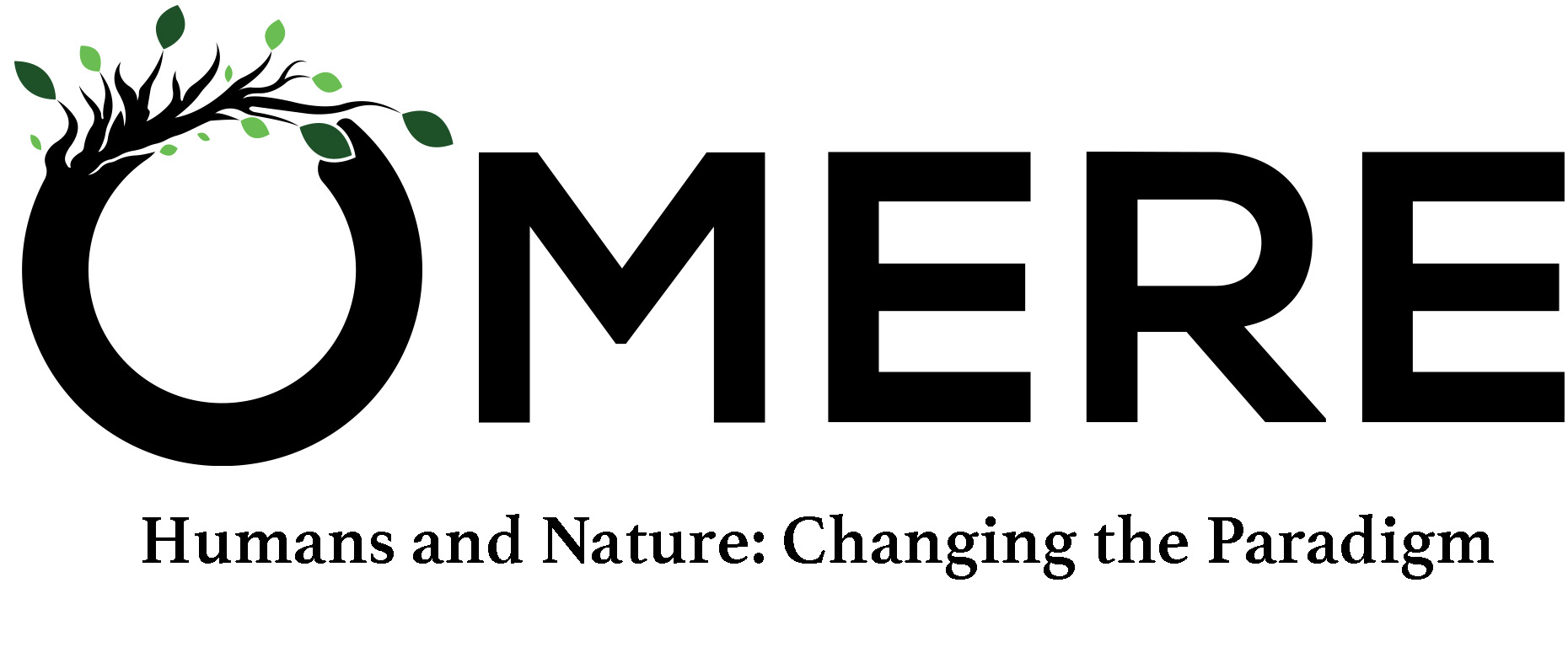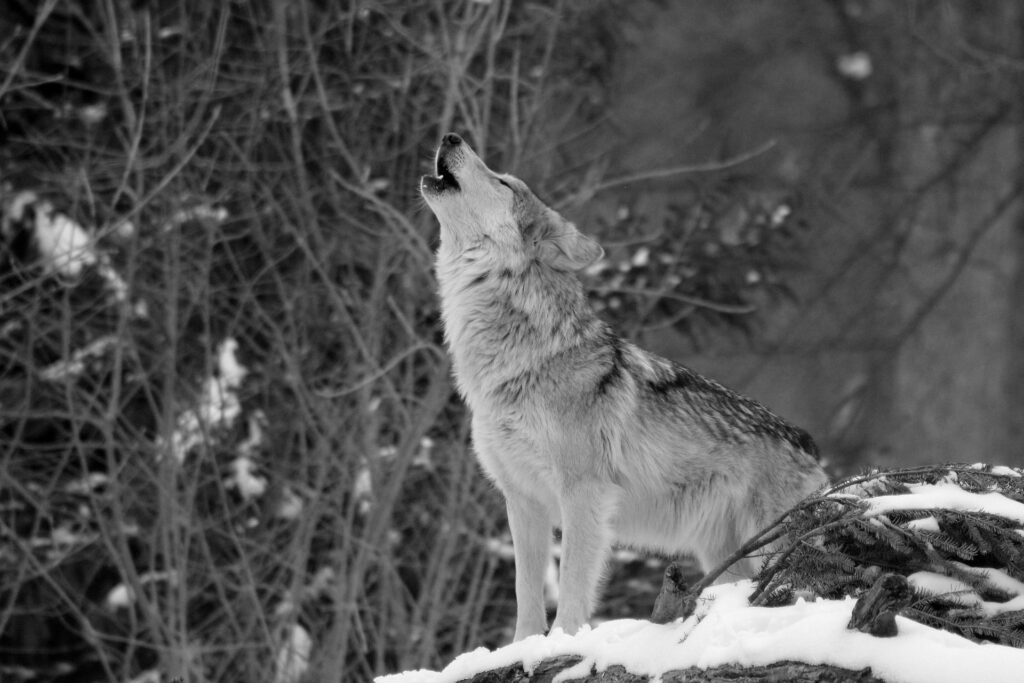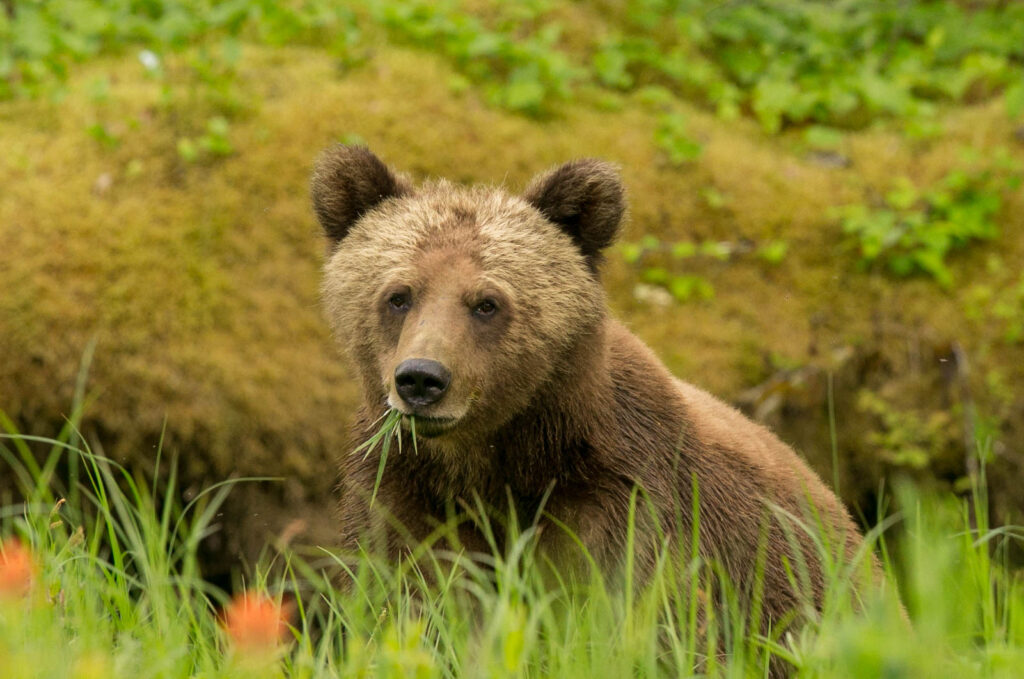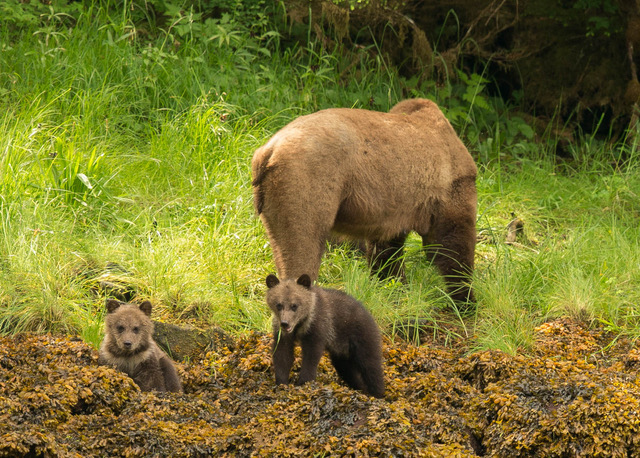Image credit: colfelly/Pixabay
Is human savagery a thing of the past? Is it a trait our ancestors possessed in abundance, but it was ironed out from the human psyche by the civilizing process? Villainy corrupting the soul. Is it really gone?
No, it isn’t, and it often reveals itself in the suffering to which we condemn other sentient beings. Our fellow creatures. In British Columbia, the ostensible narrative to protect caribou herds from extinction has become a convenient smokescreen for the most insidious agenda. It has sanctioned and unleashed an annihilation of wolves from the air and on the ground. The extent of carnage is horrifying. Just from helicopters, a total of 1,944 wolves having been killed since 2015.
As is often the case with wanton extermination, language is deployed to justify violence. This time, the wordsrationalizing the slaughter demonstrate the cruelty, callousness, and scientific ignorance on the part of the provincial government: “The province sets a goal of reducing the wolf population in targeted areas by 80 percent. This includes eliminating entire packs so that population density is below three wolves per 1,000 square kilometres.” Premeditate killing is always wrong, but, in this case, it also flouts all the knowledge of wolf biology and social structure accumulated over the decades. The sinister “project” is jarring in its ignorance. As Gordon Haber, who has studied wolves in Denali National Park and interior Alaska for more than 40 years, states, “You can’t manage wolves by the numbers. You can’t just count the numbers of wolves over a particular area and decide whether it’s a ‘healthy’ population. That’s because the functional unit of wolves is the family, a multigenerational extended family group.”
None of this matters. A peaceful landscape transforms into a harbinger of dread as helicopters darken the skies. Beneath them, a pack of wolves — proud and majestic rulers of the night — scatter in panic to the deafening sound of gunfire echoing through the forest. To no avail. The rain of bullets lacerates the flesh and shatters the bones. It ruptures the insides. Bloodbath never ceases; all legal, all approved and paid with taxpayers’ money.
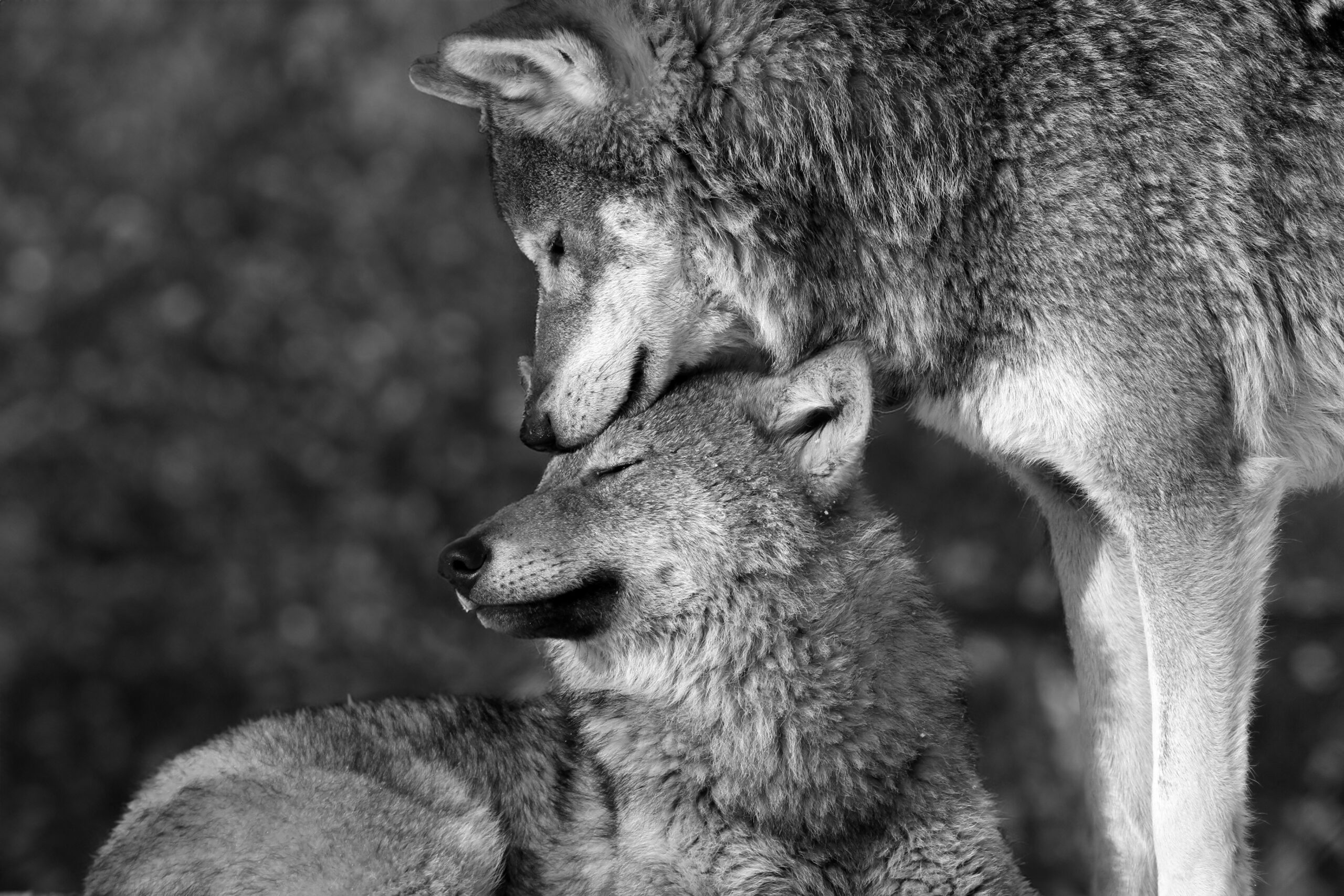
Image credit: madcorona/iStock
The slaughter protocol reads like an anatomy tutorial with an inhumane twist. [Shooters] “target the brain, upper spinal cord, chest, lungs and heart for a quick death. If the first shot is not fatal,…, there are follow-up shots to the targeted areas to ensure the animal’s demise.” Some of the instructions are almost grotesque in their detached cruelty: “Any animal that is shot and is not recumbent will be followed until the gunner is able to kill as quickly and humanely as possible.” The clinical coldness of “recumbent” is trumped only by the absurdity of “humanely.”
Not all wolves die quickly, though. Some, wounded but still panting, stagger in confusion and howl in pain, their bodies, bloodied and riddled with bullets, staining the earth red. And then, there is this strangest of sounds. When the roar of gunfire merges with piercing howls, what emerges is a prolonged anguish that is both deafening and silent. Deafening in its horror and silent in the indifference it casts on those who suffer.
The mayhem besieges the forest. Suffocates it. The slaughter from the air competes with the slaughter on the ground, and the latter has some advantages for executioners. The hunter and the prey are closer to each other, so the kill offers visceral thrills which those shooting wolves from the sky would miss. It can also become a competition, allowing participants to showcase their accuracy and quickness with a gun. Indeed, “wolf-whacking” contests are back in good standing. Nowadays, they have rebranded themselves by affiliating with the provincially sanctioned caribou conservation initiative. No longer solely an outlet for the lowest of human instincts, they have become a legitimate governmental ally in saving a threatened species from extinction.
Of course, this is all a shameful farce. But a farce can live, even flourish, if unchallenged. The provincial government knows that, and its opportunistic accomplice, the Creston Valley Rod & Gun Club with the support of B.C. Wildlife Federation, also knows that. It openly cites the Caribou and Young Ungulate Survival Project to incentivize its members to “take advantage of a hunting opportunity” with prizes going to “members who are successful predator hunters.”
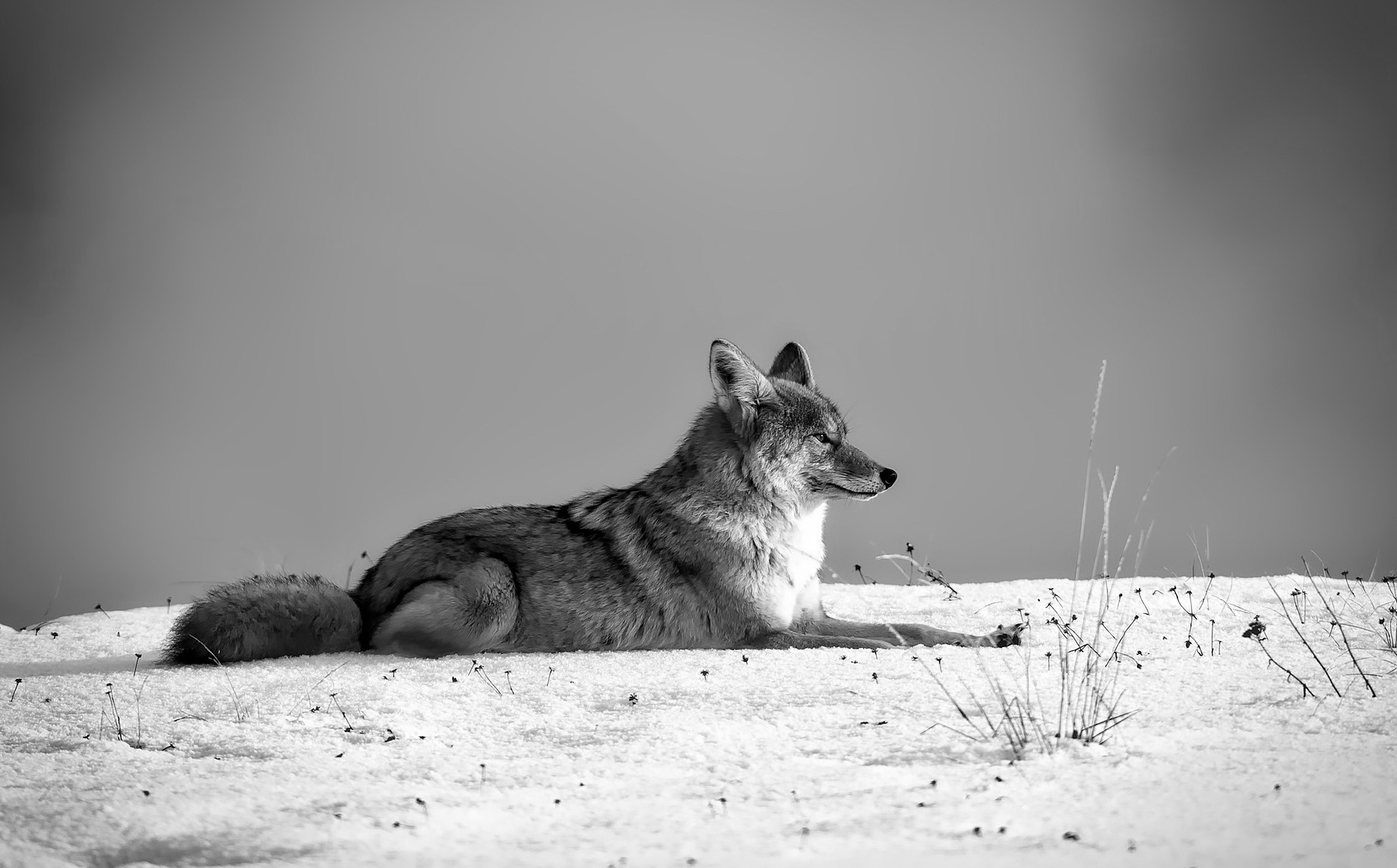
Image credit: 112019/Pixabay
The more, the better for all involved; the scale of the slaughter is limited only by the skill of the hunter. When his proficiency is high, the government functionaries can tick off the desired number, and the hunter can fully satiate his urges. Only the wolf loses. But then, not true — not only the wolf, for the slaughter also extends to cougars, black bears, bobcats, coyotes. It even decimates birds. Crows, ravens, and magpies fall from the sky as the hunter advances on his path. They are all deemed disposable and have value solely as carcasses rather than living sentient beings. This value differs depending on the species. In a contest, a dead wolf or a dead cougar is the most rewarding prey, but an unlucky hunter can compensate by shooting six coyotes. Or a lot more ravens. Yes, not only the wolf loses. The indiscriminate killing extinguishes all life in the forest.
But then, again, not even that reveals the scale of the loss. It is not all; the slaughter also eviscerates our ethics and science. The appreciation of sentience and all we know about the rich inner lives of other creatures get erased by a firing rifle. Human morality dies when a pierced heart stops beating.
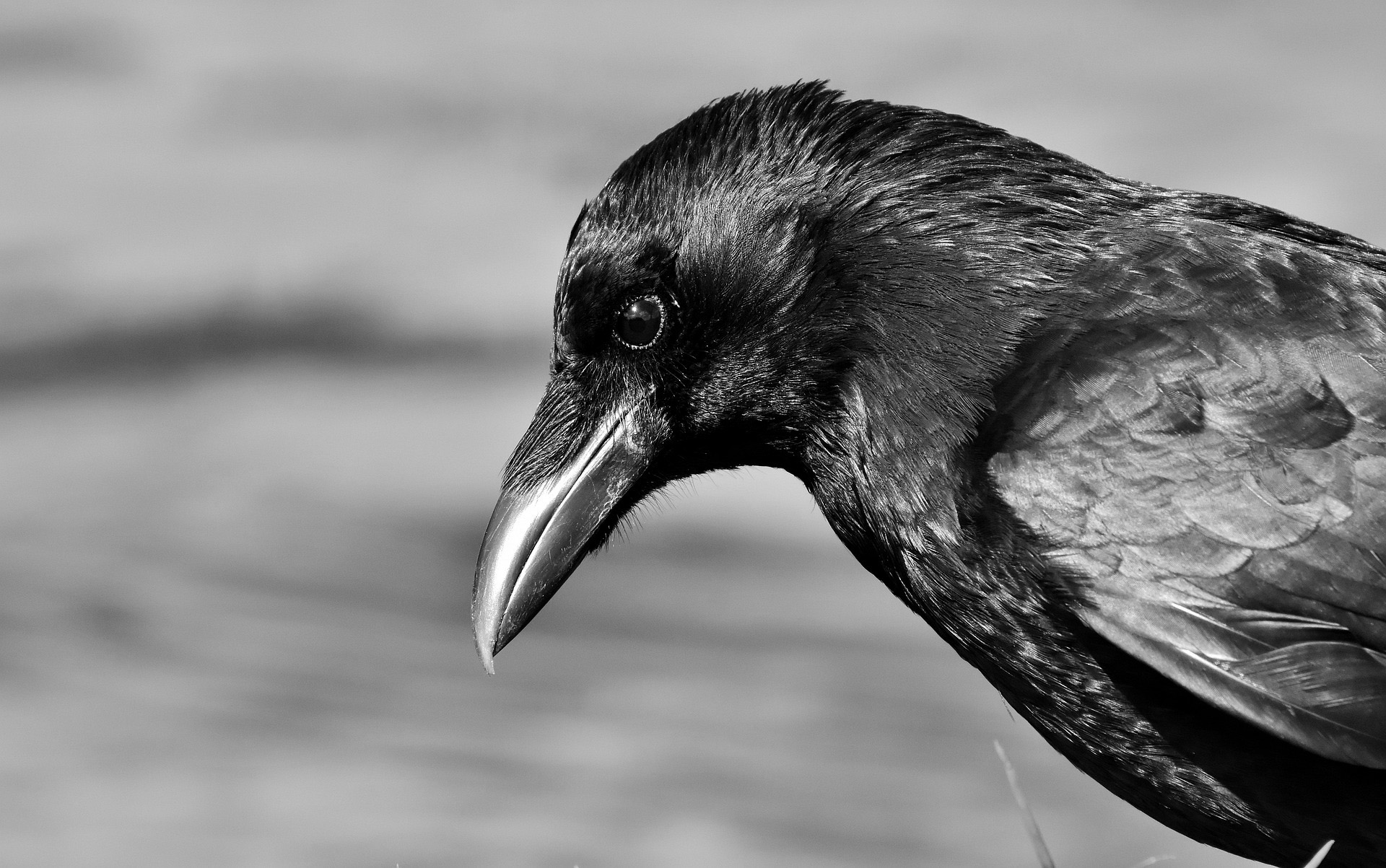
Image credit: Alexas_Fotos/Pixabay
And for what does it stop? If there was reputable science to support killing wolves to save the caribou, then predators’ ultimate sacrifice would, at least, have some rationality to it. Certainly, it would still clash with the ethical stand of not actively inflicting harm but could be argued to have some conservation merit. In such a case, arguments for the preservation of the endangered species would battle those against the authorization of institutionalized killing.
This scenario doesn’t apply to the Caribou and Young Ungulate Survival Project. The destruction of habitat, not the wolf, is the primary driver of the plight facing the caribou. The provincial government is aware of it, yet, as Pacific Wilddiscloses, it allows continuous “logging and fragmentation of critical habitat in endangered caribou herd areas while scapegoating wolves as the culprits of the caribou’s decline.” As the Valhalla Wilderness Society, which has been fighting to protect the old-growth forest for over 20 years, states, “Every year for five years the government captured caribou cows from this herd and penned them to have their calves and keep them safe from wolves; but when they are released from the pens each year, they have less habitat than before and they are more vulnerable to predators than ever.” It’s tragic but unsurprising. The logging industry has influence and lobbying powers that wolves cannot match. Abandoned and cynically exploited, besieged animals can only run for their lives, hoping that the forest they know so well will come to the rescue.
It is thus up to us to speak on behalf of the wolf. We need to make it an election issue, a deal-breaker when a political party seeks our support. We must make our beliefs count. The province’s survey on Predator Reduction for Caribou Recovery shows that most British Columbians oppose sacrificing wolves in the name of the distorted scheme to save caribou. And yet, the majority’s will means less than the power of logging and hunting lobbies. Ten million dollars have been spent on unleashing the slaughter, the money that would have been dedicated to habitat protection if the fate of caribou really mattered.
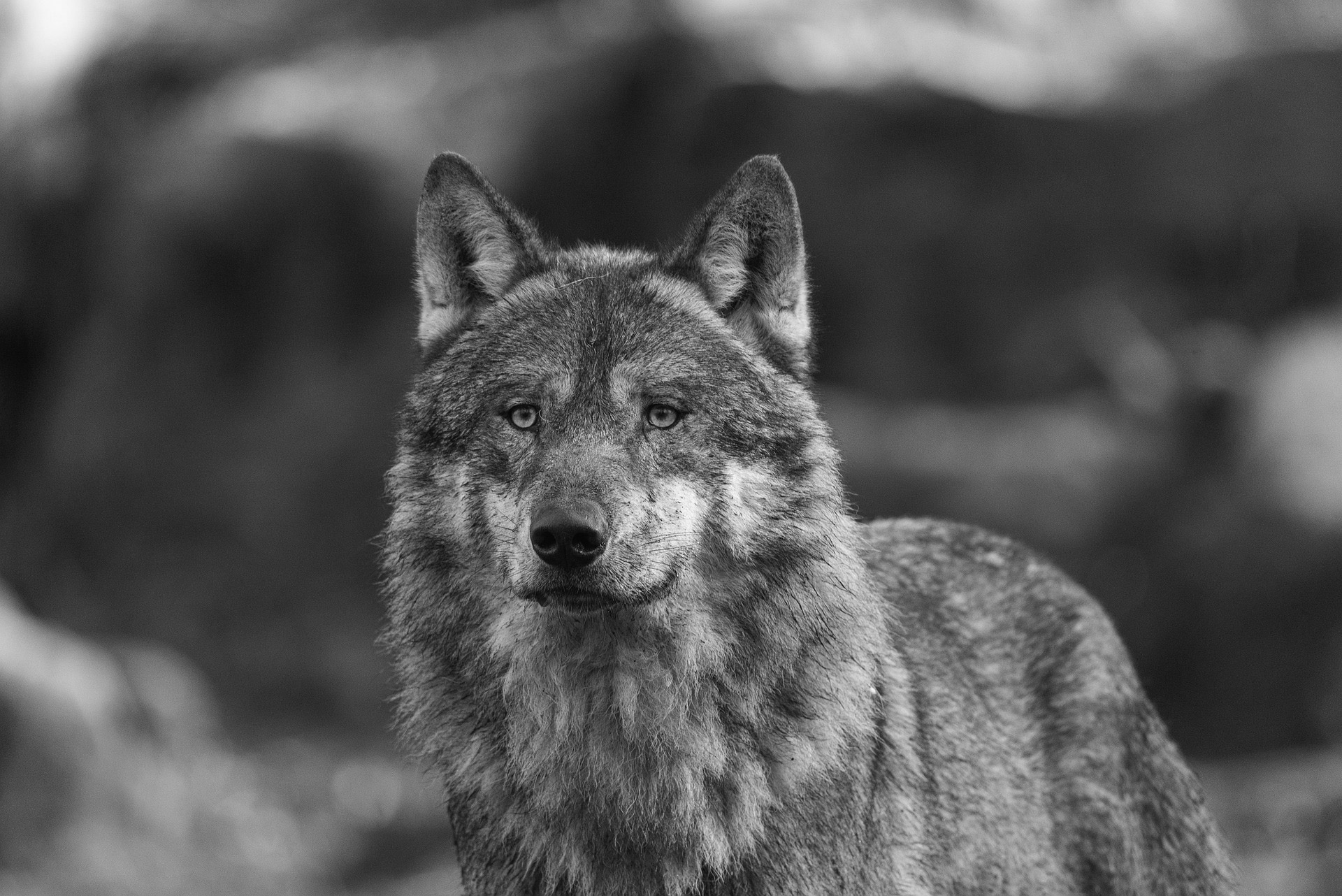
Image credit: keyouest/Pixabay
This travesty, this cruelty needs to end. And contest killings also need to end. They point to the inhumanity of those who participate in the massacre and the complicity of those who tolerate it. Those who permit it to happen. Indeed, evil often exists because it remains unchallenged, allowed to persist, even though it goes against our wishes. Burdened with daily tasks and responsibilities, we let the things that matter slip through the cracks.
It does not need to be like that. The shameful killing of wolves in the province will stop if collective pressure is exerted to show that enough is enough. Sure, cynicism or even our understandable exhaustion favours inaction. So much of what we watch and read about leads to hopelessness. The futility of it all. Still, there is nothing universally immutable for the bleak and defeatist vision of the world to be true. We can still make a difference. And for the sake of the majestic wolf, we must.
